The Gift of South Dakota
Subscriptions to South Dakota Magazine make great gifts!
Subscribe today — 1 year (6 issues) is just $29!
Norbeck's Home In Need
Feb 27, 2013
Can one man make a difference? Consider Peter Norbeck, the burly well driller who became arguably our greatest leader.
Norbeck held a rare distinction among politicians — he never lost an election. Born in 1870, Norbeck rose from a Clay County dugout to become the state's first native-born governor and a three-term U.S. senator. His family moved from Clay County to Charles Mix County when his father, a preacher, decided to build a new church at Bloomington, about 7 miles southeast of Platte.
His childhood home was donated to the Geddes historical society and now sits in the Historic Village in Geddes. Geddes leaders hope to raise $40,000 to make repairs on the house including shingles, repairing the foundation and floor, replacing windows and sheetrock.
As a progressive Republican, Norbeck became lieutenant governor after three terms in the state senate. He worked on important legislation that protected deposits in banks operating under state charters. As governor, he spearheaded the building of bridges across the Missouri and a state highway system. He created a rural credit program and made progress on workman's comp laws. He established the state cement plant and the passage of state hail insurance. He even investigated hydroelectric development on the Missouri long before the dams were built.
Some of Norbeck's most remarkable legacies had little to do with these progressive endeavors. In 1912, five years before becoming governor, he spearheaded the effort to establish a game preserve in the Black Hills. As governor he expanded on that idea, creating a legacy that South Dakotans still share. In 1919 Norbeck proposed the creation of a state park board to develop Custer State Park.
The park was one of the largest in the nation, but it nearly doubled in size, to over 70,000 acres, when Norbeck decided he wanted to include the Sylvan Lake/Needles/Harney Peak area, which was a part of the Harney National Forest. Norbeck asked Representative Harry Gandy of Rapid City to introduce a bill in Congress to transfer the land from federal to state control.
Custer State Park was just part of Norbeck’s vision for the Black Hills. He and highway engineers C.C. Gideon and Scovell Johnson explored the rugged terrain on horseback and on foot, seeking a route from the game preserve, through the Needles to Harney Peak. His pants torn, legs scratched and bleeding, the 240-pound governor collapsed on a log to catch his breath. "Can you build a road through there?" he asked Johnson. "If you can furnish me enough dynamite," the engineer said.
Norbeck supplied 150,000 pounds of war-surplus blast and Johnson created 14 miles of perhaps the most scenic road in the West. Jessie Sundstrom wrote in her history of Custer State Park that when new road signs arrived announcing the highway, they read "Needless Highway." Was it bad spelling or a prank? No one knows, but, "Johnson lost no time in scraping off the offending last "S" with his pocket knife."
Norbeck also was a huge supporter of building Mount Rushmore, and secured much early financing for Gutzon Borglum. Norbeck had a say in Rushmore's development. It was his suggestion to include his hero, Teddy Roosevelt, among the four presidents.
A plaque dedicated to Norbeck’s memory stands beside Iron Mountain Road in Custer State Park. Located first on the roster of his many achievements is well driller.
Using rigs of his own design, Norbeck dug over 10,000 water wells. Our writer Roger Holtzmann wrote in the Nov/Dec 1998 issue of the South Dakota Magazine:
"To dig a well might not, at first glance, seem like much of an accomplishment in comparison to becoming governor. Yet it would be difficult to overstate the significance of that humble hole in the ground. On many farms and ranches where he worked, the abundant water from one of Norbeck's deep artesian wells was literally the difference between prosperity and just getting by — between moving on and staying put to build lives and families and communities."
Norbeck was a visionary who worked as only a pioneer well driller could work to build a better South Dakota. We will benefit from his public service for as long as people call themselves South Dakotans.
If you think his childhood home should be preserved, you may want to support the Norbeck house project in Geddes. Contact CMCHRS, Box 132, Geddes, S.D. 57342.


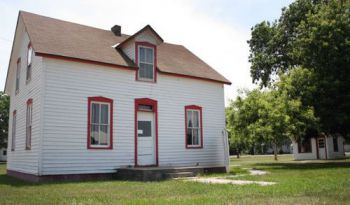
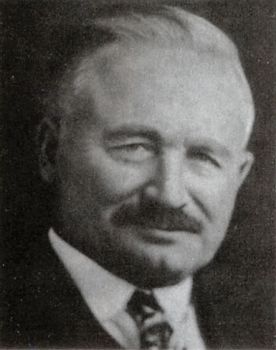
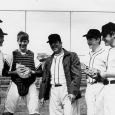
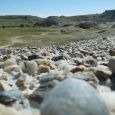
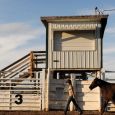





Comments